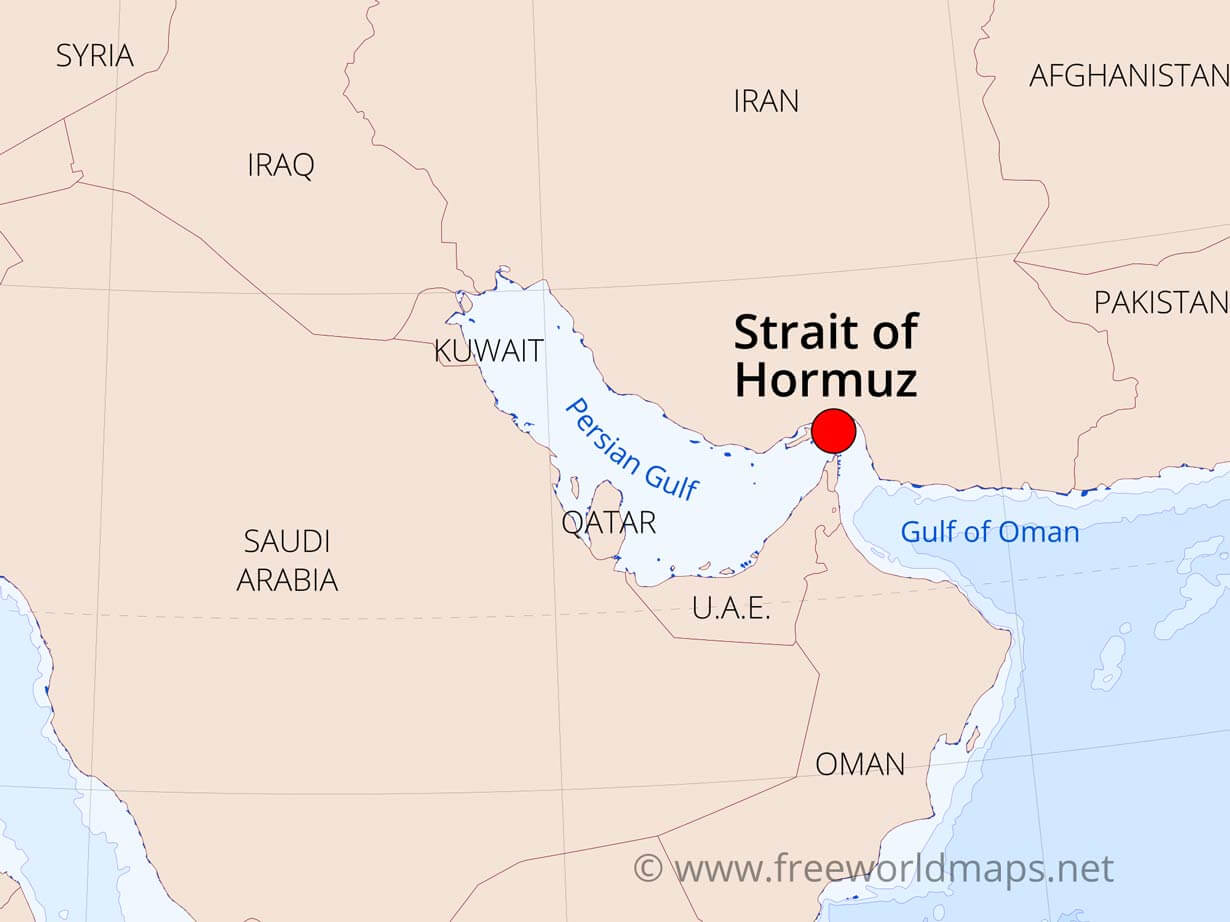Free Courses Sale ends Soon, Get It Now


Free Courses Sale ends Soon, Get It Now



Disclaimer: Copyright infringement not intended.
Context
Iran attempts to seize two oil tankers near the Strait of Hormuz.
Details
Incident Details
US Navy Response
Iranian Naval Provocations
Motives behind Iranian Actions
About Strait of Hormuz
Geographic Location
Strategic Importance
Width and Length
Traffic Volume
International Law and Jurisdiction
Security Concerns
Geopolitical Significance
Environmental Considerations
|
PRACTICE QUESTION Q) Discuss the strategic importance of the Strait of Hormuz and its implications for global energy security. (150 words) |
© 2024 iasgyan. All right reserved